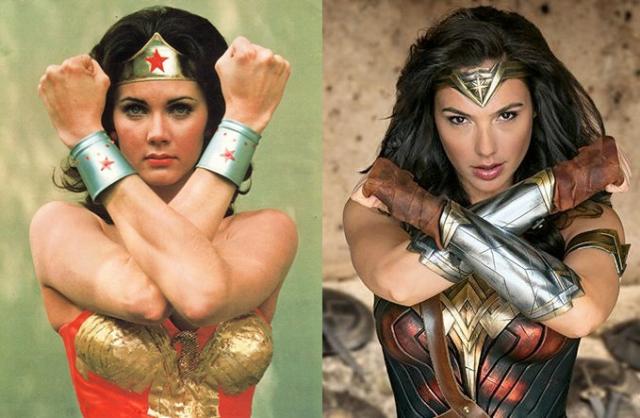Shared By: Navneet Shingari
Image Alt Text: Empowerment and Evolution: The Changing Faces of Wonder Woman Introduction In the 1940s, William Moulton Marston created Wonder Woman, who has since become a huge part of superhero stories. She represents strength, kindness, and fairness. Not only does she inspire women, but she also gives everyone hope and courage. This paper looks at how Wonder Woman has changed from her comic book days to her recent movie roles. It will focus on comparing Lynda Carter\'s Wonder Woman in the 1970s TV show to Gal Gadot\'s in the 2010s movies. We will discuss gender roles, what society expects from these roles, and how they affect people\'s thoughts and feelings, using research to support our ideas. Character Significance and Attributes Wonder Woman, or Diana Prince, is shown as an Amazonian princess with god-like powers, incredible strength, agility, and her famous Lasso of Truth . Her powers are not just for fighting but also stand for her dedication to honesty, justice, and equality. Over time, Wonder Woman has been seen as having both male traits (like strength and fighting strategy) and female traits (like compassion, peacemaking, and caring). This mix is central to her character and offers a way to talk about how gender is seen in superhero stories. Constructed Femininity and Masculinity In the 1970s, Wonder Woman was a symbol of women\'s power, reflecting the feminist movements of the time. She was shown as strong and independent but still looked traditionally feminine. In the 2010s, Gal Gadot\'s Wonder Woman has been updated to show not just her physical strength but also her deep sense of right and wrong and her emotional depth . This change shows how society\'s views of what it means to be feminine or masculine are evolving, recognizing that traits often seen as either \
91 total images collected
A SPLOT on the Web: Introduction to Visual Culture.
Blame @cogdog for the TRU Collector Theme, based on Fukasawa by Anders Norén.


Emily Guzman
The student’s essay described the evolution of wonder woman since her creation in 1940 to the present. The student mentioned how since Linda Carter’s introduction the character has been shaped to be seen as a representation of feminism by showing a female being just and honest but also strong and strategic, which are known to be masculine traits.
By reading the essay it couuld not be appreciated a comparison between the 2 versions of the character. There were general mentions of how the character is a mixture of femenine and masculine traits but it was not descriptive enough. After reading the text it is not clear what traits make each version different from each other and how the character’s consturction of femeninity has evolved through time. Additionally, there were not any scholarly sources to back up the remarks of the “evolution” of the character.
On the other hand, the images used are clear on which characters are being compared. Also, them being in the same pose and angle makes it easy for the viewer to compare and contrast the two versions, which should be the point of the text.